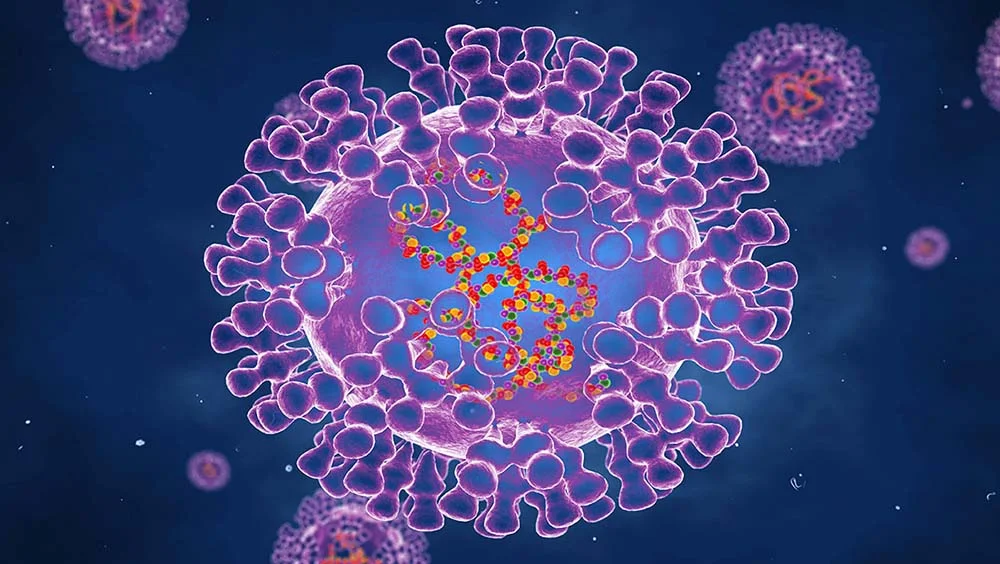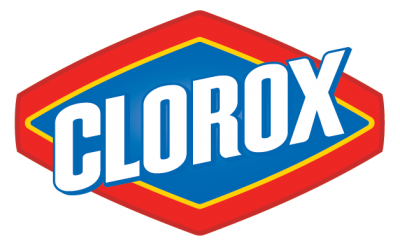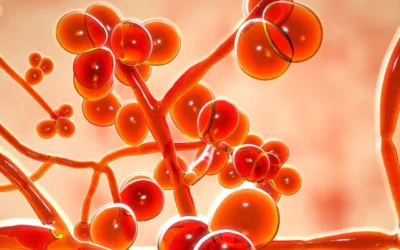Monkeypox: A Global Outbreak
Monkeypox has recently become a trending topic in the news and on social media. The Centers for Disease Control and Prevention (CDC) recently reported more than 13,000 monkeypox cases in the U.S., with cases confirmed in nearly every state.1 As the monkeypox situation worsens and cases continue to grow globally, the World Health Organization has declared monkeypox a public health emergency of international concern.
Monkeypox, historically a rare disease, is an example of an emerging viral pathogen (EVP). While it does not spread as easily as some other respiratory viral pathogens, the sudden appearance of monkeypox in several non-endemic countries suggests that there may have been undetected transmission for some time.2 Close contact with an infected animal, human, or materials contaminated with the virus can lead to spread.3 Though most cases of monkeypox are mild, the illness and symptoms can last 2-4 weeks and include fever, headache, swollen lymph nodes, back pain, muscle aches, and fatigue followed by a rash.
Combating New Threats
In the case with monkeypox and other new and emerging threats, the CDC provides guidance and recommendations for infection prevention and control. Familiar practices are still effective against monkeypox: isolation of a sick individual, hand hygiene, wearing personal protective equipment (PPE) like gloves and masks, and performing routine cleaning and disinfection of environmental surfaces.
To support environmental surface disinfection, the Environmental Protection Agency (EPA) has activated its EVP Policy for monkeypox. This means that product manufacturers can make off-label claims about a disinfectant’s effectiveness against monkeypox. This same approach was used during the COVID-19 pandemic with SARS-CoV-2. The EPA has also created List Q to address and provide additional cleaning and disinfection guidance emerging viral pathogens.
EPA List Q
The EPA has provided guidance for disinfecting against EVPs in the form of a new web tool know as EPA List Q. Unique from other lists that the EPA has published to address individual pathogens, List Q allows users to search all products eligible for use against any of the three main categories of EVPs based on difficulty to inactivate. The categories are as follows:
- Tier 1: Enveloped viruses. These are the easiest to inactivate. When disinfectants damage their lipid envelope, the virus is no longer infectious. Examples of enveloped viruses include influenza, SARS-CoV-2, as well as monkeypox viruses.
- Tier 2: Large, nonenveloped viruses. These are encased in protein capsids that make them more difficult to inactivate compared to enveloped viruses. Examples include norovirus, which causes common food-borne gastrointestinal illnesses on cruise ships.
- Tier 3: Small, nonenveloped viruses are the hardest to inactivate. Both their protein capsids and their small size make them less vulnerable to disinfectants compared to other viruses. Examples include adenoviruses, which are thought to be responsible for the recent pediatric hepatitis outbreaks.
Since emerging pathogens may not be listed on a disinfectant product label, List Q can help determine which set of directions to follow to kill the pathogen of interest.5 You can use EPA List Q in a few ways:
- Search for a product by entering the EPA registration number or name to determine whether the disinfectant product has EVP claims. Since marketed product names can evolve over time, leveraging the EPA registration number is the quickest way to navigate the tool.
- Identify an appropriate disinfectant product by first determining the tier the pathogen of interest falls into, and then selecting “Yes” on the corresponding dropdown.
- Once results are displayed, refer to the column “Follow directions for the following pathogen(s)” to determine what directions on the product label, including contact time, to follow during use.
As a new tool, EPA List Q is evolving and not be inclusive of all products with EVP claims. Those not included, may still be effective against monkeypox or other emerging pathogens. To determine this, review the product’s master label for specific claims or contact the product manufacturer for recommendations.
As the world continues to change and new threats emerge in the future, our vigilance looking for and continuing to follow outlined guidance will provide the means to help combat the spread of illness causing germs, in an effort to keep our communities safer and well.









0 Comments